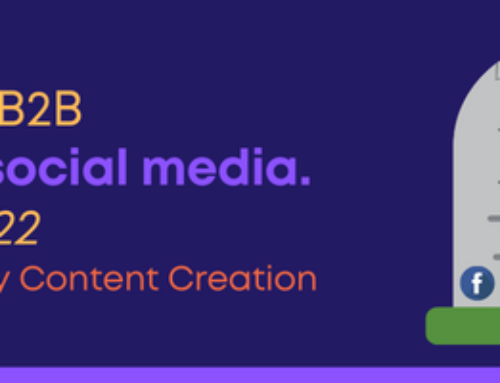For white-collar workers, the Great Resignation is here. Tired of being overworked and underappreciated, well-compensated professional service workers are opting out of Corporate America unless a company embraces modern expectations such as hybrid work environments, flexible schedules, and valuing people over profit.
Ask a blue-collar worker and they may say the Great Resignation started on the production floors back when the majority of the world was on lockdown. While many white-collar workers were struggling to juggle work, children, and pets at home, manufacturing workers were either furloughed or essential. When at work, they were often dealing with COVID tests and protocols, disrupted production lines, quarantine, and overtime. It may come as no surprise that when lockdowns were over, many decided they were better off as a stay-at-home parent or with a pay reduction at an office job.
Check out the 2021 national quit levels at the U.S. Bureau of Labor Statistics. The trade, transportation, and utilities sector took the worst hit.
And then there is the perspective of the small and medium businesses, who persevered through the global pandemic, pivoted to save their companies and their employees, but spared time to help out their communities with food, personal protective equipment, and supplies any way they could. Now that customers are coming back and order volume is improving, they struggle to ramp up staff at the pace needed for growth.
With more job openings than workers to fill them, companies are looking for new ways to reach candidates and once they do, stand above and beyond others. Job site postings won’t cut it anymore. Following are some new ways to reach ideal candidates and make sure your company is where they land.
- Before the Hire: Advertise open positions through untraditional recruiting channels. When it comes to posting career opportunities, get creative, and then some. Think billboards, sponsored content, radio ads, and social media takeovers. Focus on reaching your ideal candidate where they are with a message that resonates with their current pain and positions your company as a solution. Some companies are hosting job fairs at their facilities with same-day job offers guaranteed. Others are sponsoring high profile events to increase brand awareness. If you are open to remote workers, widen the candidate pipeline by promoting the position nationally. Experiment with pay-per-click advertising on Facebook, LinkedIn, and Google, in addition to utilizing their job platforms.
- During the Hire: Adapt your policies, management style, and values to balance the mission and vision of the company with what today’s employees want. Even if your organization has been hesitant to relax work-from-home policies so far, you may soon be trading what are considered old school and unrealistic practices to reduce the high cost of turnover. Employees who left a job because of the culture are going to value being part of a team, working hard and getting rewarded. Others are looking to change their career trajectory and need companies to give them a chance. Workers who were laid off might be concerned about the stability and long-term growth goals of their new employer. And those who benefitted from spending more time with family during lockdown might be looking for initiatives that reinforce work/life balance or offer nontraditional schedules. The spectrum is broad! But candidates know they have the upper hand in the job market and some of these preferences are non-negotiable. It’s time to for employers to take stock of company culture from a new lens – that of the employees – does leadership need to be more accountable? Paid time off policies less rigid? Take a deep dive into what the company culture was like when you were most profitable in the past three years and compare it to what the culture was like when you had the most turnover. Then learn and adapt based on what is best for your business in the long-term.
- After the Hire: Advance employee careers by investing in education, development, and promotion from within. We’ve all been through the ringer with COVID, and it’s safe to say job security is pretty attractive right now. Once you land an ideal candidate, help them grow with an established career path, continuing education opportunities, or the ability to job hop within the company. This will improve morale and help you develop the senior leaders you need for long-term success.
The job market is tough. But, if you promote your job openings like you promote your products and services, and if you treat employees like you treat your customers, in the end you will find what you are looking for.









